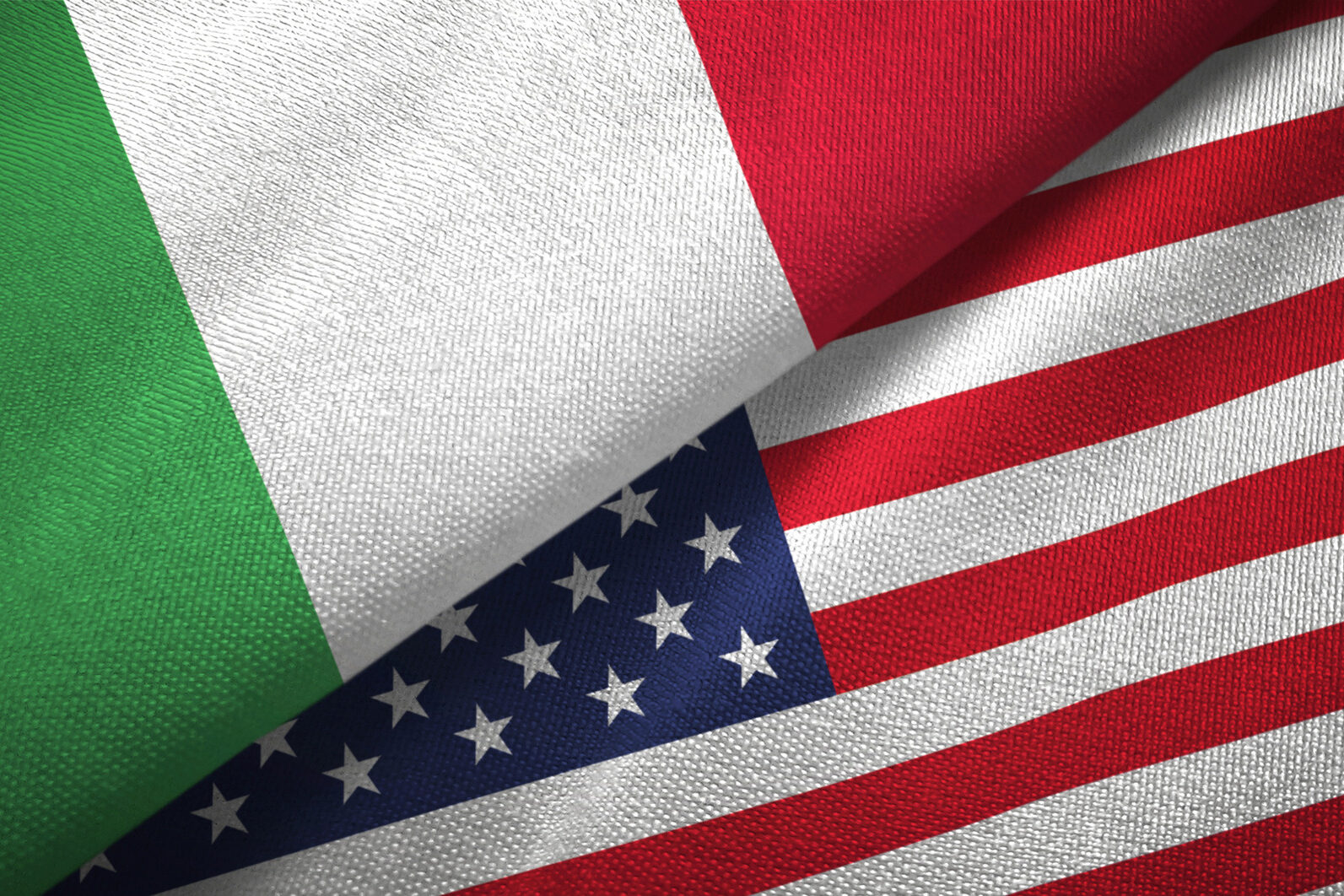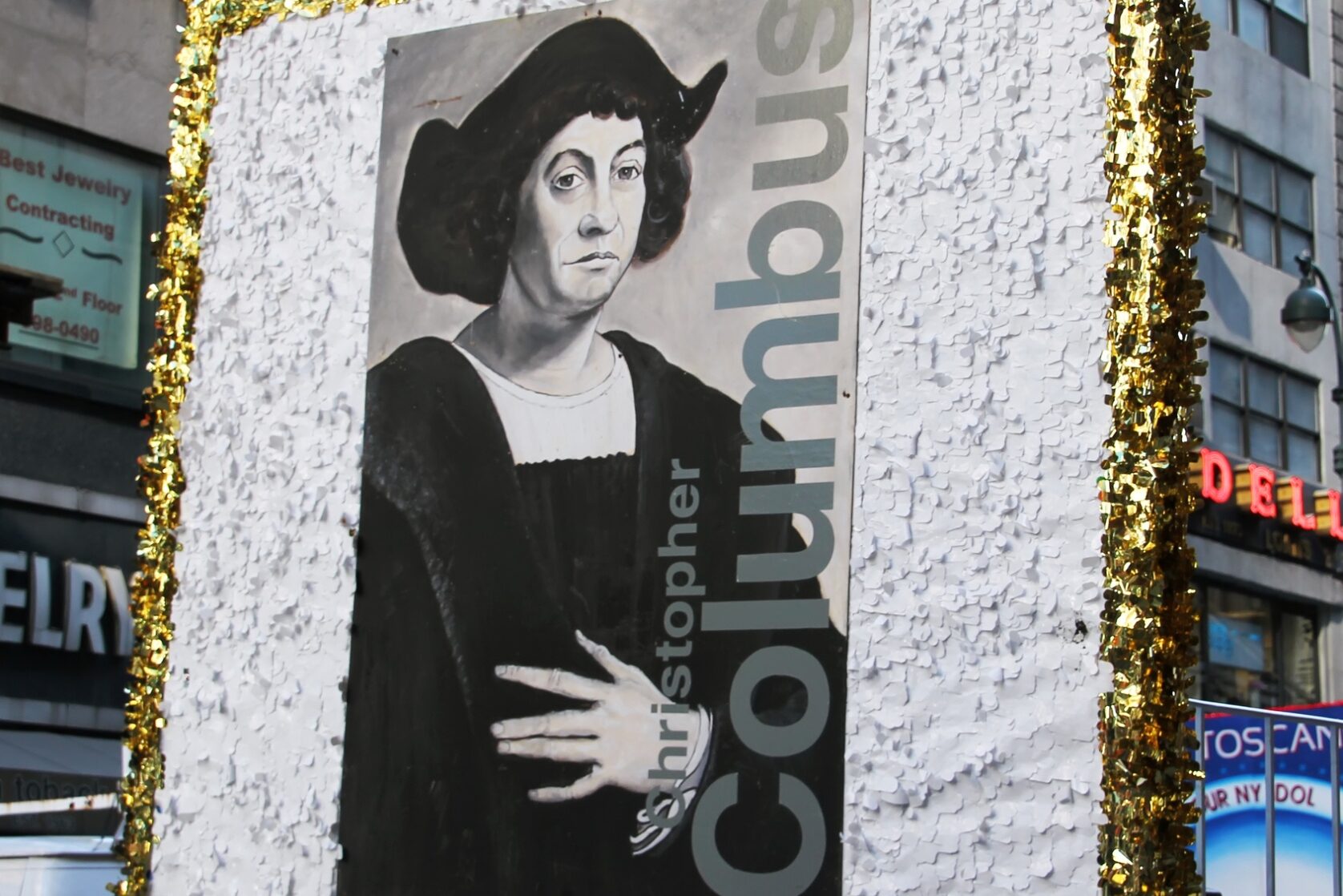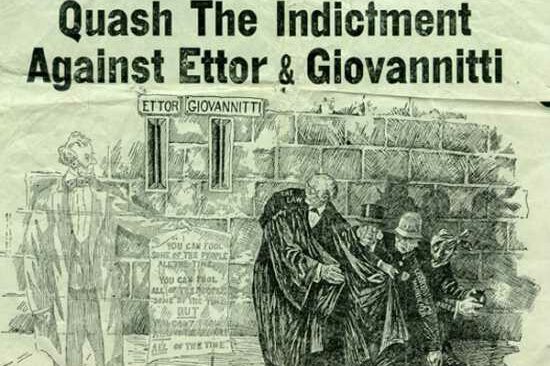Dear Readers,
As November Veterans Day approaches I am reminded that on November 11, 1918, the Armistice agreement was signed, and fighting on all battlefields ceased at 11 a.m., when the guns of World War I fell silent after 4 long years. The “war to end all wars” was finally over and a year later, in 1919, President Woodrow Wilson proclaimed November 11 as Armistice Day to remind Americans of the tragedies of war.
In 1938, the day by law became a Federal holiday and in 1954, Congress changed the name to “Veterans Day” to honor all United States Veterans, because WWI, “the war to end all war” didn’t and World War II and others followed.
***
The NY World Trade Center Bombing in 1993 caused tower damage and over 1,000 deaths. The Twin Tower destruction by Muslim suicide hijackers in 2001 ordered by Osama Bin Laden was the first time we became aware that we in the US are no longer immune from the Islamic vs Christianity “Holy Wars” that have been going on since the Crusades. We have recently celebrated the 450th anniversary of the Battle of Lepanto, one of the most historically important confrontations between Christians and Islam.
Pope Pius V, a Dominican pope, knew that if Europe were to be saved from the threat of radical Islam, it would only come about through the intercession of the Virgin Mary. It was his initiative to organize a Christian militia and ask all of Christendom to pray the rosary for victory against the Muslim threat. In preparation for the confrontation, Pope Pius V handpicked Don Juan of Austria to be commander of the Christian fleet.
Acclaimed by G.K. Chesterton as the last knight of Europe, Don Juan knew that he was about to engage in a holy war with Islam. Prior to sailing off to war, he gave orders that all blasphemy was forbidden on his ships and required that all of his men fast for three days. He ensured that his vessels would have priests available to hear confessions and grant absolution. He also distributed a rosary to every man in his armada. Then, on the eve of battle, leading by example, he required that all of his men take the spiritual sword of the rosary into their hands and pray it.
On the evening of October 6, 1571, the day before the decisive battle, St. Pope Pius V himself led the rosary at the Dominican convent of Santa Maria Sopra Minerva in Rome. With tears in his eyes and a rosary in his hand, he entrusted the Christian cause to the Queen of Heaven.
On the next morning, the Christian fleet set sail in search of the Muslim fleet to meet them head-on. Don Juan and his men had no idea that they were sailing toward an advanced and highly trained fleet of more than 300 vessels and 100,000 men. The Christian fleet had close to 285 vessels, but only had 70,000 men, many of whom were unskilled in naval combat. The two forces caught sight of each other for the first time in the large bay just south of the town of Lepanto (now Nafpaktos), Greece. Once they saw each other, they formed their battle lines.
The battle lasted for five bloody hours. At one point, Don Juan steered his vessel toward the vessel from which Ali Pasha commanded the Islamic forces. Before the two flagships collided and their crews could engage in hand-to-hand combat, Don Juan, filled with the spirit of God, danced with abandon on the deck of his ship. This act enraged Ali Pasha, but he was unable to take his revenge because a musket ball to the forehead immediately killed him. One of the armed prisoners who had been freed from the Muslim ship cut off what was left of Ali Pasha’s head and hoisted it on a pike. The banner of Allah was taken down and ripped apart, and the banner of St. Pope Pius V was raised in its place.
The battle was a complete success for the Catholic forces. It was a complete and total victory for Christianity.
In the battle formation of the Christian fleet, a decorated admiral named Giovanni Andrea Doria was in charge of the right wing of the fleet. Aboard his galley ship, he carried a precious gift, given to him by King Philip of Spain: a replica of the image of Our Lady of Guadalupe that had been touched to the original!
History attests that after the apparitions of Our Lady of Guadalupe occurred in Mexico in 1531, Archbishop Montufar of Mexico City had five copies of the miraculous image made, each touched to the original image. One of these images was given to the king of Spain in 1570. King Philip, in turn, gave his copy to Admiral Doria, who brought the image with him on his ship to the Battle of Lepanto
Cari lettori,
Con l’avvicinarsi della Giornata dei Veterani di novembre, mi viene in mente che l’11 novembre 1918 fu firmato l’armistizio e i combattimenti su tutti i campi di battaglia cessarono alle 11 del mattino, quando i cannoni della prima guerra mondiale tacquero dopo 4 lunghi anni. La “guerra per porre fine a tutte le guerre” era finalmente finita e un anno dopo, nel 1919, il presidente Woodrow Wilson proclamò l’11 novembre come Armistice Day per ricordare agli americani le tragedie della guerra.
Nel 1938, il giorno divenne per legge una festa federale e nel 1954, il Congresso cambiò il nome in “Veterans Day” per onorare tutti i veterani degli Stati Uniti, perché la prima guerra mondiale, “la guerra per porre fine a tutte le guerre” non mise fine alle guerre ma seguirono la seconda guerra mondiale e altre.
***
L’attentato al World Trade Center di New York nel 1993 causò danni alle torri e oltre 1.000 morti. La distruzione delle Torri Gemelle da parte di dirottatori suicidi islamici nel 2001, ordinata da Osama Bin Laden, è stata la prima volta in cui ci siamo resi conto che noi negli Stati Uniti non siamo più immuni alle “guerre sante” islamiche contro la cristianità, che sono in corso fin dalle Crociate. Abbiamo recentemente celebrato il 450° anniversario della battaglia di Lepanto, uno degli scontri storicamente più importanti tra cristiani e Islam.
***
Papa Pio V, un papa domenicano, sapeva che se l’Europa doveva essere salvata dalla minaccia dell’Islam radicale, ciò sarebbe avvenuto solo per intercessione della Vergine Maria. Fu sua l’iniziativa di organizzare una milizia cristiana e di chiedere a tutta la cristianità di pregare il rosario per la vittoria contro la minaccia musulmana. Per preparare il confronto, Papa Pio V scelse Don Juan d’Austria quale comandante della flotta cristiana.
Acclamato da G.K. Chesterton come l’ultimo cavaliere d’Europa, Don Juan sapeva che stava per impegnarsi in una guerra santa con l’Islam. Prima di partire per la guerra, diede ordine che ogni bestemmia fosse proibita sulle sue navi e richiese che tutti i suoi uomini digiunassero per tre giorni. Si assicurò che le sue navi avessero dei preti disponibili per ascoltare le confessioni e concedere l’assoluzione. Distribuì anche un rosario ad ogni uomo della sua armata. Poi, alla vigilia della battaglia, dando l’esempio, richiese che tutti i suoi uomini prendessero in mano la spada spirituale del rosario e pregassero.
La sera del 6 ottobre 1571, il giorno prima della battaglia decisiva, lo stesso Papa Pio V guidò il rosario nel convento domenicano di Santa Maria Sopra Minerva a Roma. Con le lacrime agli occhi e un rosario in mano, affidò la causa cristiana alla Regina del Cielo.
Il mattino seguente, la flotta cristiana salpò alla ricerca della flotta musulmana per affrontarla di petto. Don Juan e i suoi uomini non avevano idea che stavano navigando verso una flotta avanzata e altamente addestrata di più di 300 navi e 100.000 uomini. La flotta cristiana aveva quasi 285 navi, ma aveva solo 70.000 uomini, molti dei quali erano inesperti nel combattimento navale. Le due forze si avvistarono per la prima volta nella grande baia a sud della città di Lepanto (oggi Nafpaktos), in Grecia. Una volta che si avvistarono, formarono le loro linee di battaglia.
La battaglia durò cinque ore di sangue. A un certo punto, Don Juan diresse il suo vascello verso la nave da cui Ali Pasha comandava le forze islamiche. Prima che le due navi si scontrassero e che i loro equipaggi potessero ingaggiare un combattimento corpo a corpo, Don Juan, pieno di spirito divino, danzò con abbandono sul ponte della sua nave. Questo atto fece infuriare Ali Pasha, ma non poté vendicarsi perché una palla di moschetto in fronte lo uccise immediatamente. Uno dei prigionieri armati che erano stati liberati dalla nave musulmana tagliò ciò che restava della testa di Ali Pasha e la issò su una picca. Lo stendardo di Allah fu abbattuto e fatto a pezzi, e al suo posto fu innalzato lo stendardo di San Papa Pio V.
La battaglia fu un successo completo per le forze cattoliche. Fu una vittoria completa e totale per il cristianesimo.
***
Nella formazione di battaglia della flotta cristiana, un ammiraglio decorato di nome Giovanni Andrea Doria era a capo dell’ala destra della flotta. A bordo della sua galea portava un dono prezioso, datogli dal re Filippo di Spagna: una replica dell’immagine di Nostra Signora di Guadalupe che era stata appoggiata all’originale!
La storia dice che dopo le apparizioni di Nostra Signora di Guadalupe avvenute in Messico nel 1531, l’arcivescovo Montufar di Città del Messico fece fare cinque copie dell’immagine miracolosa, ognuna fatta appoggiare sull’originale. Una di queste immagini fu data al re di Spagna nel 1570. Il re Filippo, a sua volta, diede la sua copia all’ammiraglio Doria, che portò l’immagine con sé sulla sua nave alla battaglia di Lepanto.






























